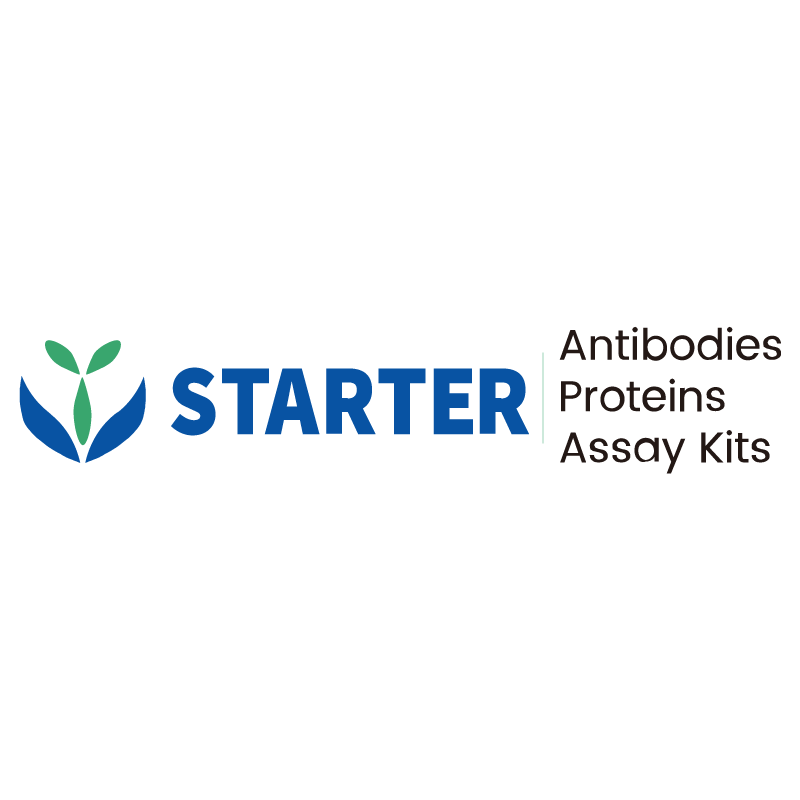Antigen (VSV G (ΔTM) Protein, His-tag, 1ug/ml) is coated overnight at 4°C. Anti-VSV G polyclonal Antibody is added in serial dilutions starting at 1 μg/ml (3-fold, 9 points) and incubated at 37°C for 1 hours. Peroxidase AffiniPure™ Goat Anti-Rabbit IgG (H+L) secondary antibody is added at 37°C for 40 min. Substrate solution is added and developed for 5 minutes at room temperature. Absorbance is measured at 450 nm. Data on the graph represents the percentage of antibody activity calculated by ELISA value.
Product Details
Product Details
Product Specification
| Host | Rabbit |
| Antigen | VSV G |
| Synonyms | Glycoprotein G; G |
| Immunogen | Recombinant Protein |
| Accession | P0C2X0 |
| Antibody Type | Polyclonal antibody |
| Isotype | IgG |
| Application | ELISA |
| Purification | Immunogen Affinity |
| Concentration | 1 mg/ml |
| Purity | > 95% by SDS-PAGE |
| Conjugation | Unconjugated |
| Physical Appearance | Liquid |
| Storage Buffer | PBS pH7.4 |
| Stability & Storage | 2 to 8°C for 12 months under sterile conditions; |
Dilution
| application | dilution | species |
| ELISA | 1:1000-1:5000 | VSV |
Background
The VSV G protein, which stands for vesicular stomatitis virus glycoprotein, is a crucial component of the vesicular stomatitis virus envelope. It plays a key role in the virus's ability to infect host cells by facilitating the fusion of the viral envelope with the host cell membrane. Structurally, VSV G is a type Ⅰ transmembrane protein that forms trimers on the viral surface. Its ectodomain contains regions that are important for receptor binding and membrane fusion. The protein undergoes conformational changes during the infection process to mediate these functions. Additionally, VSV G has been widely used in research as a model to study viral entry mechanisms and has applications in the development of viral vectors for gene therapy and vaccines due to its efficient ability to enter cells.
Picture
Picture
ELISA


